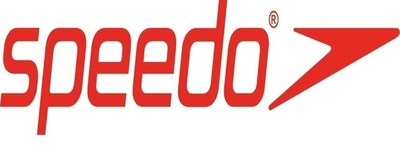SILENSE
- Project name
- 737487 SILENSE
- Period
- May 2017 - Apr 2020
- Call
- ECSEL-JU 2016
- Total Partners
- 32
- Member Partners
- 18
- Website
- www.silense.eu/project
- EU Funding
- 8,72 M Euro
The way humans interact with machines (Human Machine Interfaces) has evolved, from single push buttons, keyboards & mouse to touchscreens. However touching a screen can be inconvenient or if devices could be controlled with a simple gesture? Through voice commands, digital sound modulation and face recognition, the user interface technology will ultimately come to understand human ‘body language’.Never before was a user experience so rich! Gesture recognition applications already exist, but mostof them based on a video or a camera. Plus, they require lots of energy, they are expensive, and they can infringe our privacy SILENSE will focus on using smart acoustic technologies – ultrasound in particular - the advantages of which are immense: they use a much simpler, smaller, cheaper and easier to use transducer. Even existing loudspeakers and microphones can already provide some functionality to support gesture control. The ambition of this project is to develop and improve acoustic technologies beyond state-of-the-art and extend their application beyond the mobile domain. SILENSE will prove that acoustics can be used as a touchless interface, by improving or developing different smart acoustic technology blocks (hardware, software and system level) and employing them at system level. At technology level, the SILENSE project will: - adapt and improve cost, performance, directivity and power consumption of (MEMS) acoustic transducers (incl. testing and qualification); - integrate arrays of acoustic transducers with other electronics, using advanced (3D) packaging concepts; - develop smart algorithms for acoustical sensing, localization and communication; - combine voice and gesture control by means of the same transducer(s). At the application level, SILENSE will use acoustical sensing for touchless activation/control of mobile devices, wearables and, more generally, Internet of Things (IoT) nodes. Demonstrators for smart home applications, such as a smart screen, smart automotive applications, and smart mobile/wearable applications will be built. SILENSE is first-of-a-kind in many ways. Gesture control technology is only now being explored and introduced in different domains to enable more and more applications: it could be the next big thing’, making SILENSE a unique opportunity for Europe to take a leading role in the development of novel human-machine and machine-machine interfaces for a wide-range of existing and emerging markets.






























